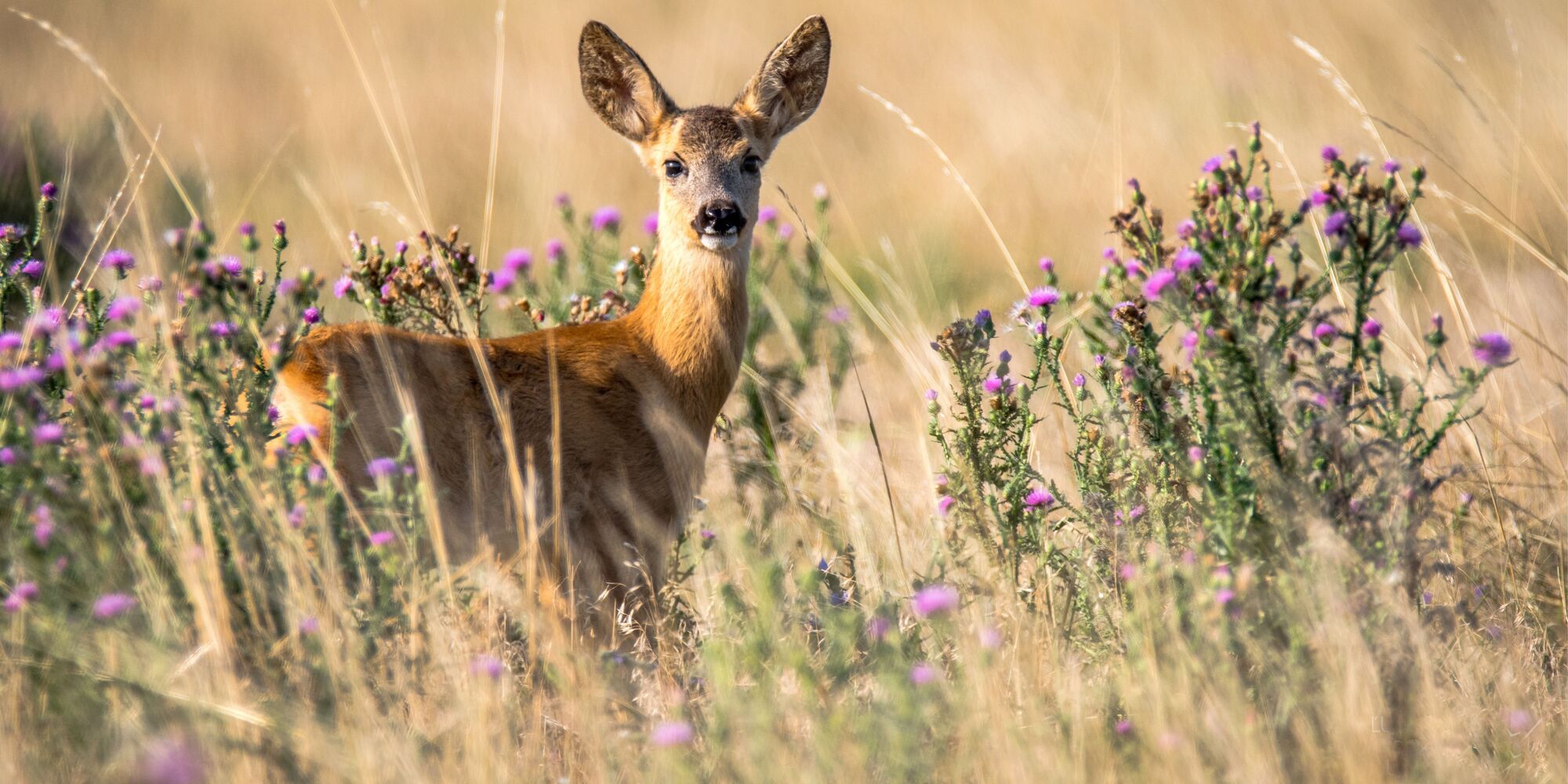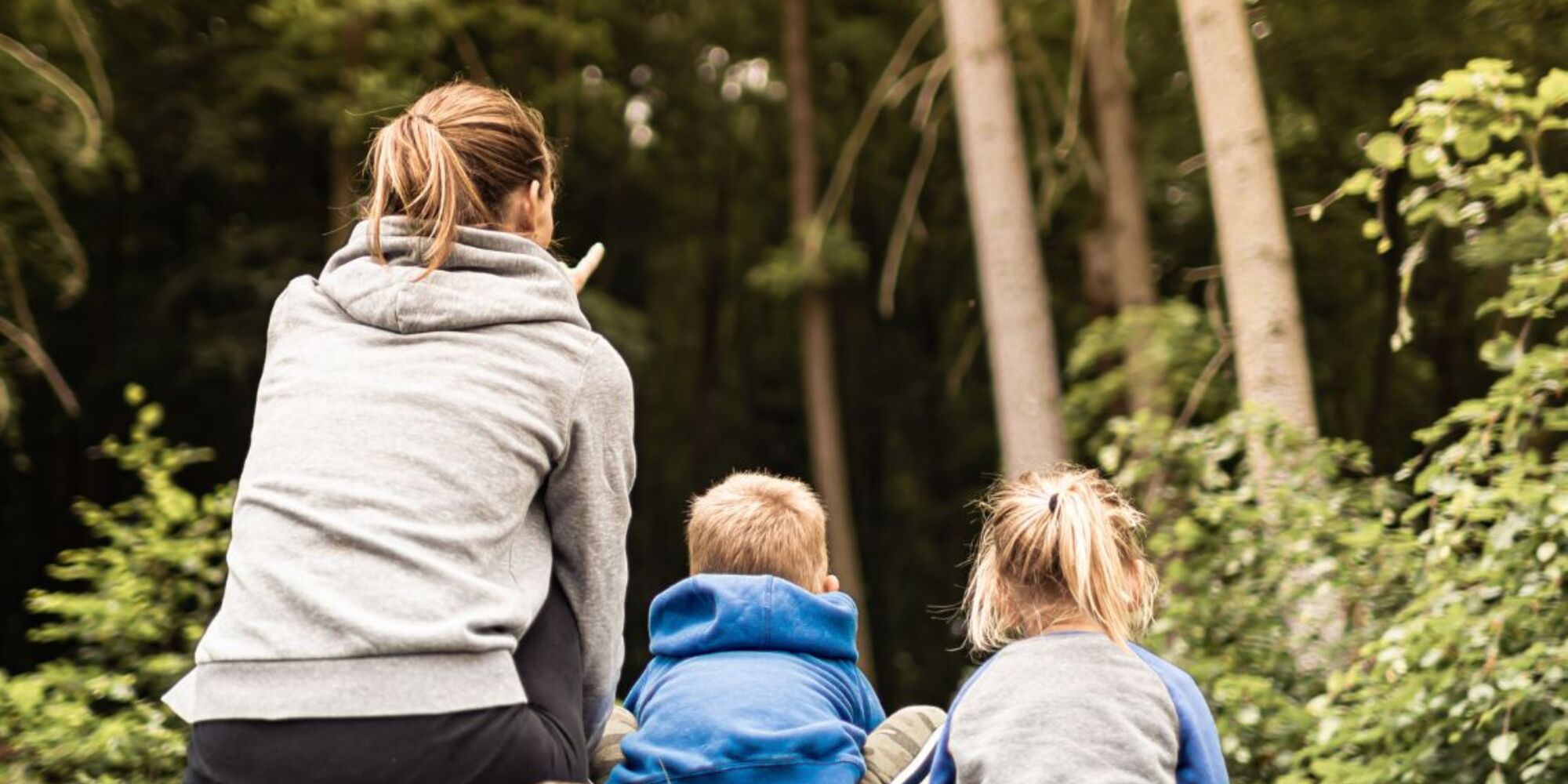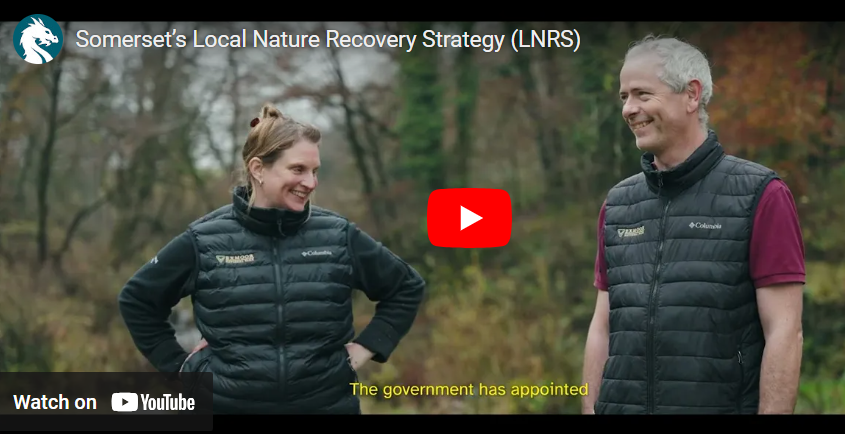Working together for Somerset's nature

Somerset Council, in collaboration with the Somerset Local Nature Partnership, is working on a Local Nature Recovery Strategy (LNRS) to provide a single vision for nature recovery in Somerset and set out local priorities and opportunities for nature.
Here we explore why restoring nature is important and how the Local Nature Recovery Strategy will help us work together to help Somerset’s nature thrive.
Why is nature recovery needed?
Before we embark on what exactly the Local Nature Recovery Strategy is, let's first reflect on why nature (and specifically biodiversity) is important, and why we need to support its recovery.
Nature has its own intrinsic value, and we have a responsibility to take care of it. We also depend on nature for our survival. It provides us with food, energy, medicine, fresh water, healthy soil, pest control, and breaking down waste. Nature is also an important part of our heritage and has significant cultural, spiritual and aesthetic value.
Woodlands, wetlands and wild grasslands naturally slow down water and help soil to absorb rainfall, thereby diminishing the impact of flooding. Trees and other plants clean the air we breathe and absorb carbon dioxide. Birds, bees and other insects pollinate many of the crops we rely on for our food. Nature provides us with opportunities for leisure and tourism and spending time in nature can benefit our physical and mental health.
It's not just the presence of nature that’s important though – variety is key. Biodiversity (the variety of all living things on Earth) is our planet’s life-support system. Each living thing – from bacteria, fungi and plants through to insects, birds and animals – relies on a variety of other living things to survive and thrive. If individual species become extinct, the species that rely on them are impacted too. Biodiversity is therefore essential to a healthy natural environment. Biodiverse habitats are more stable and sustainable too, making them more resilient to climate change and severe weather conditions.
Over the last 80 years the way we live and changes in the way we manage our land and seas have had a damaging impact on the natural world.
England is widely considered to be one of the most nature-depleted countries in the world and Somerset is no exception.
Nature in Somerset
In 2023, Somerset Wildlife Trust published the Somerset State of Nature Report, the first of its kind for Somerset. Drawing on data from Somerset Environmental Records Centre, evidence from partner organisations, scientific and academic papers, and the wealth of data collected by citizen scientists, the report provides an important benchmark of how nature and wildlife is faring across the county, identifying both positive and negative trends, and contextualising how global and national declines in biodiversity are also being felt in Somerset.
The report found that the quality and connectedness of the very distinct and special habitats we have in Somerset are both at risk of further decline, particularly grassland habitats, and there have been substantial decreases in biodiversity. Butterfly distribution has seen a significant decline (particularly fritillary butterflies) and lapwing records have declined to worrying levels, suggesting that suitable breeding habitat for this distinctive bird has reduced in Somerset. Meanwhile, invasive species cover has increased dramatically, and the number of rivers considered to be in good condition continues to reduce.
The report also captured some positive trends and highlighted some of the actions already taking place to benefit nature in Somerset. Beavers have returned to the county, and several bird species, including great white egret, bittern, marsh harrier and beard reedling have benefitted from work to restore their habitats.
Somerset’s ecosystems have been impacted by climate change, changes in land management, development, invasive species and pollution.
A joined-up approach to nature recovery

Defra has appointed local authorities throughout England to create Local Nature Recovery Strategies. All counties in England are required by law to develop a strategy to help nature’s recovery.
Somerset Council is developing our county's Local Nature Recovery Strategy in collaboration with the Somerset Local Nature Partnership, and Defra has provided us with the funding to do this work. This will help us play our part towards the Government’s ambitious pledges to protect at least 30% of land and sea for nature by 2030 – known as the ‘30 x 30’ target.
For nature to recover, targeted, co-ordinated and collaborative action will be needed. Our Local Nature Recovery Strategy will provide a framework for this action and identify the priorities and opportunities for nature in Somerset.
Progress on Somerset’s Local Nature Recovery Strategy

Since last autumn we have been gathering the information needed to prepare the Local Nature Recovery Strategy and a wide range of people and organisations have been involved.
We have run workshops and specialist surveys to gather knowledge and views from wildlife specialists, government organisations, environmental charities, farmers, landowners and managers, businesses, local groups and communities, with more to follow as the strategy takes shape.
We've already received over 500 responses to our public survey, gathering the public’s views on how nature matters to them in the county, demonstrating just how important nature is to the people of Somerset.
Work is also underway to evaluate Somerset's habitat types, where they occur, their condition, the pressures they face, desired outcomes and what actions are needed to achieve these outcomes. Data on species and habitats is also being gathered from a wide range of sources.
Once collated all this information will be used to prepare the draft strategy which will be published for consultation in the autumn.
Somerset Local Nature Recovery Strategy will be used as a long-term decision-making tool and provide an invaluable resource to planners, environmental organisations, landowners and managers, local communities and other interested stakeholders.
There are many challenges ahead but working together in this way gives us the best opportunity to help Somerset’s nature to recover and thrive for generations to come.

Last chance to have your say – survey closes on 31 May
Anyone can have a part to play in shaping the Strategy and we’re keen to hear from you if you would like to share your views on nature in Somerset. Don’t delay. Have your say before 31 May.
Find out more:
- Read more about Somerset Local Nature Recovery Strategy
- Somerset State of Nature Report
- Keep up to date on the progress of Somerset’s Local Nature Recovery Strategy and read read more articles like this: Sign up to Somerset Environmental and Ecological News

